7 Best Aztec Ruins in Mexico (Photos, Opening Hours, and More)

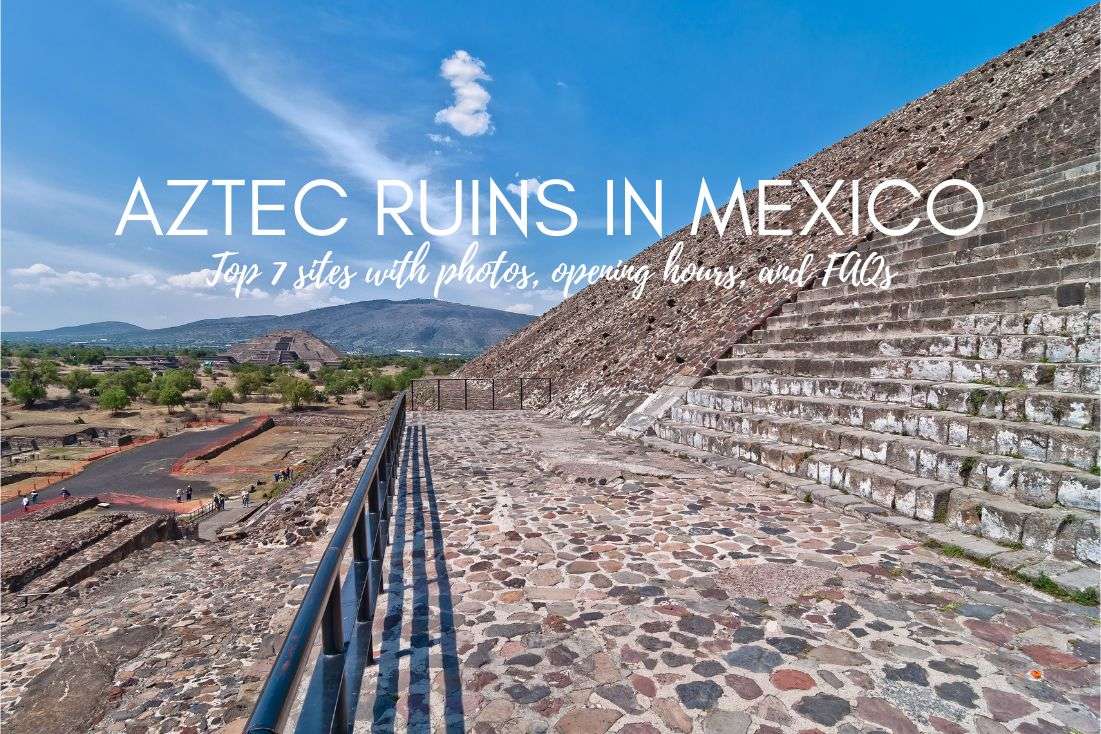
The Aztecs were ruthless warriors, canny economists, and devoted god worshippers. Mexico is strewn with their cities, statues, and monuments—some will take your breath away, whereas others barely deserve a second glance. And we know exactly which are which. These are the best Aztec Ruins in Mexico.
We've also put together a summary of 12 facts about Mexico that are good to know before you go.
Don't forget to book your hotel well in advance. You can use my booking affiliate link to find the best hotels on booking.com, a website I religiously use to make my own hotel reservations.
You might also be interested in reading:
- Yucatán Itinerary—2 Weeks Full of the Best Places to Visit
- Safety in Mexico—Is It Safe to Travel There?
- The Best Food in Mexico: 11 Things You Should Try + 3 You Shouldn’t
- 33 Mexico Travel Tips from Our Own Experience
This is why everybody hated the Aztecs
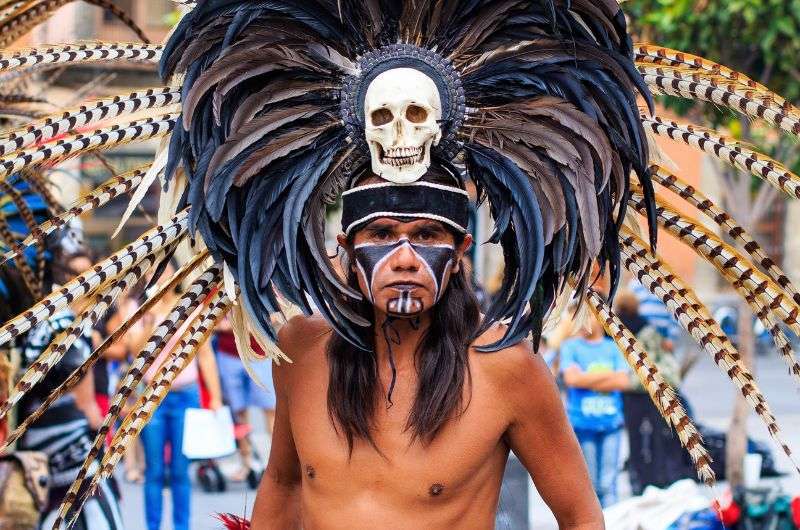
You don't want to mess with Aztec warriors
The Aztecs were no innocent peace lovers. On the contrary. They were fond of money and blood. What do we know about this odious ancient tribe of Mexico?
The Aztec Empire was a military confederation of three cities:
- Tenochtitlan
- Texcoco
- Tlacopan
The term “Aztecs” is often used not only to refer to the members of the empire but also in a broader sense, to describe all tribes in Central Mexico who spoke the Nahuatl language from 1300 to 1521 CE.
The Aztecs were bloodthirsty warriors, canny economists, and devoted worshippers. Result? Everybody who wasn’t an Aztec hated the Aztecs. They demanded large tributes from the tribes they ruled and indulged in human sacrifice. It’s said that once, in the course of only four days, they slaughtered 80,000 prisoners of war.
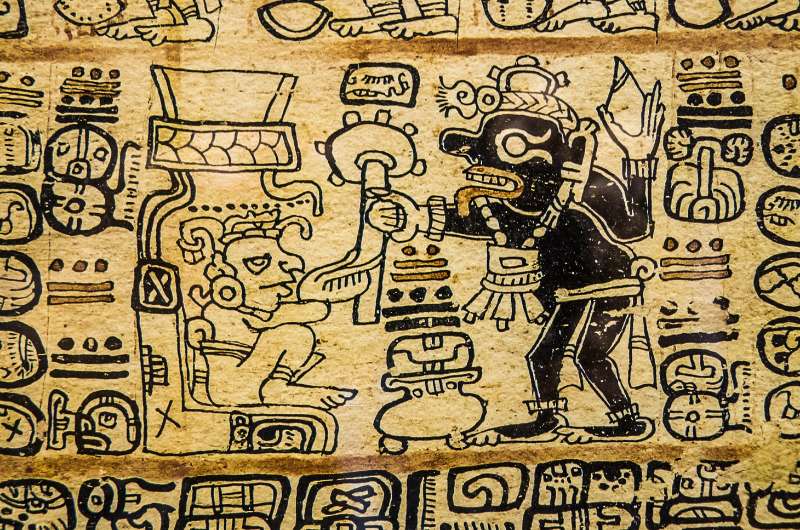
A representation of an Aztec ritual
When the infamous Spanish conqueror Hernán Cortés arrived in 1521, he was a welcomed savior for many of the oppressed tribes. Several city-states helped the Spanish, they overthrew the Aztec Empire together and started a new chapter of history.
Fun fact: The Aztecs were also called the Mexica. That’s where the name of Mexico comes from.
These are the top 7 Aztec ruins you shouldn’t miss when you travel to Mexico:
1. Tenochtitlan
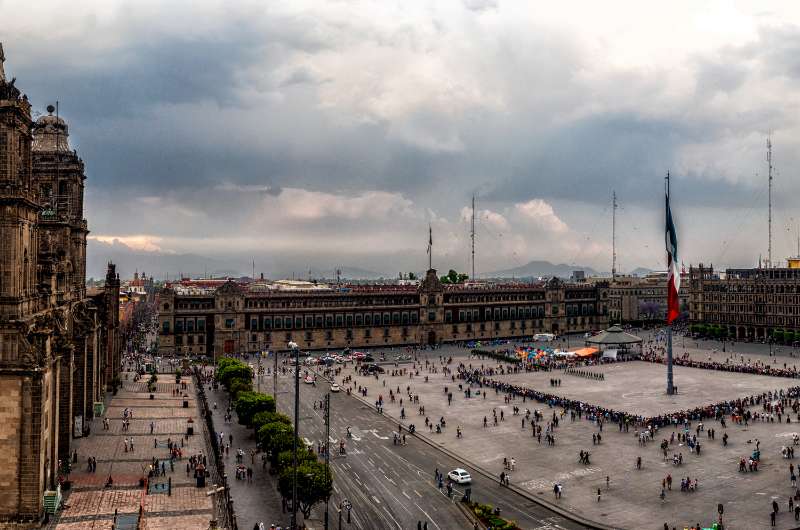
The Tenochtitlan ruins in Mexico City—former Aztec Empire
Today’s Mexico City is entirely built on the ruins of Tenochtitlan, the city-state that served as the capital of the empire. That means: whenever you’re in Mexico City, you’re in the center of the Aztec Empire! Tenochtitlan covered approximately 13 square kilometers (5 square miles) of land and was home to 200,000 people. That’s almost twice as many as the number of people who live in modern-day Cambridge.
Tenochtitlan was the most influential city-state of its epoch. The Aztec ruler Montezuma, residing in Tenochtitlan, supposedly ruled a total of 5 million people in the whole realm. That was before Hernán Cortés came and conquered Tenochtitlan because the Aztecs were butchers and everybody hated their guts.
Hotel in Mexico City—Fiesta Americana Viaducto Aeropueto
Hotel tip: Hotel Fiesta Americana Viaducto Aeropuerto is perfect if you don’t want to stay in Mexico City but want to travel around due to its location close to the airport and the highway. It’s perfect for your travel around Aztec ruins, they have nice rooms, tasty breakfast, and an excellent atmosphere overall.
Just so you know, I really spend time choosing the best places to stay in, it’s not just a random selection. If you decide to use my link to book any of the hotels in the article (or even if you click away and book a different hotel), I get a small commission at no extra charge to you. Thank you!
2. Teotihuacan
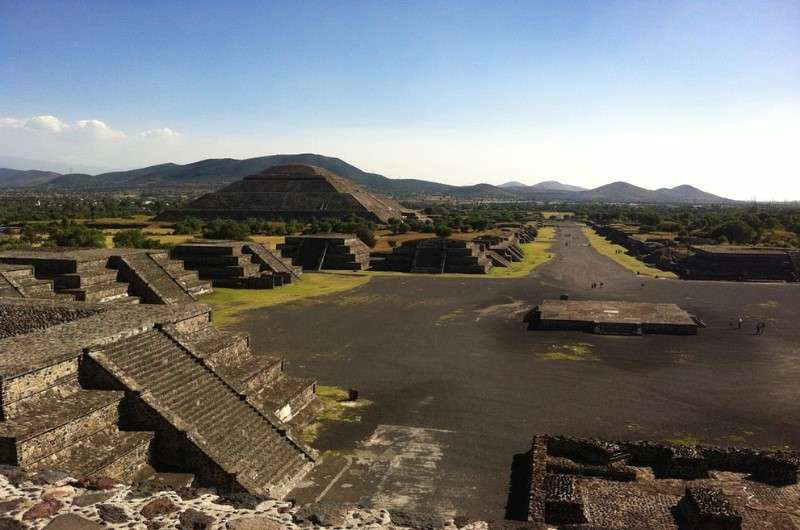
The pyramids and temples in Teotihuacan
Teotihuacan is shrouded in a cloud of mystery—nobody, not even the biggest brains of our time, knows who built it. The Aztecs discovered it when it was already abandoned. They gave it a fitting name: "the place where the gods were created“.
Tourists from the whole world admire the monumental buildings in the large archeological site, including the famous Pyramid of the Sun, Pyramid of the Moon, or the Temple of Kukulcán. As it’s just an hour’s drive from Mexico City and it’s one of the top 10 places to visit in Mexico; make sure to squeeze it into your Mexico itinerary!
Travel tip: Make your trip to Teotihuacan extraordinary by booking a balloon flight or Tequila tasting.
- Opening hours: 9 am–5 pm
- Price: MXN 90 (USD 5)
3. El Tajín
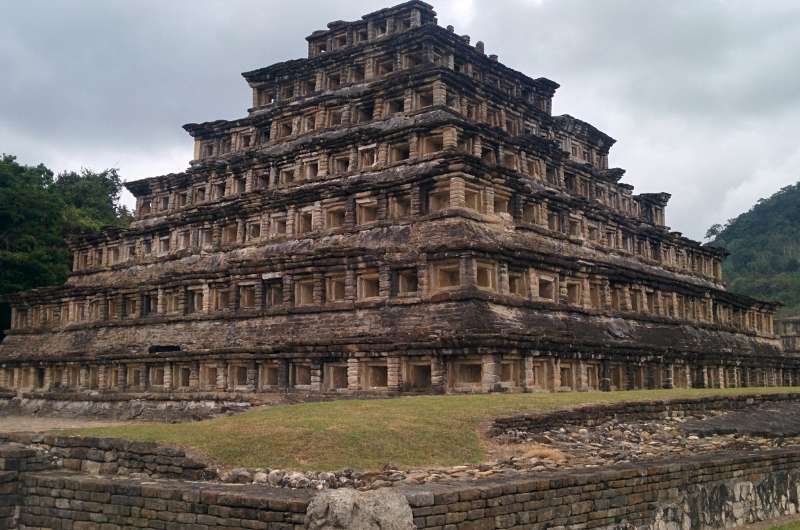
The Aztec Temple in El Tajin
El Tajín was an Aztec city that flourished between 600 and 1200 CE, mostly thanks to its strategic position next to important trading routes. It extends for 10 square kilometers (4 square miles), which is not a lot. But what makes the ruins stand out is not the extension—it’s the structures, which are absolutely unique and can’t be seen anywhere else in Mexico.
The most popular building in the complex is the Pyramid of the Niches (in the picture), made of flagstones and richly decorated. Whoever built it had a good sense of design.
- Opening hours: 8 am–5 pm
- Price: MXN 80 (USD 4)
See other interesting places to visit in Veracruz State.
Luxurious Hotel Emporio Veracruz!
Hotel tip: Hotel Emporio Veracruz, in a great location, equipped with 3 swimming pools, a spa, and 3 restaurants with delicious breakfast, is a perfect choice you’ll appreciate after a day full of walking.
4. Tepozteco

The most interesting Aztec ruin—Tepozteco
Not only is Tepozteco one of the most interesting Aztec ruins in Mexico, but it also completely makes up for missing gym day! The temple overlooks the town of Tepoztlán from a hill, and you’ll have to work up a sweat to get there. The hike is up, up, up!
Tepozteco is an Aztec temple devoted to the god of pulque, an alcoholic beverage traditionally made in Central Mexico. The ruin only has two chambers so don’t expect miracles. But what you can expect is a hike rewarding you with spectacular views from the mountaintop.
(Have you noticed that most ancient religions worship a god of alcohol? Dionysus in Greece, Bacchus in Rom, Nephthys in Egypt…Which means pouring yourself a good gram of, let’s say, Tequila, is nothing bad! Have a look at my guide to the beverages and food in Mexico)
Travel tip: Don’t drive right under the hill—the streets there are extremely narrow and full of one-ways. Instead, find a parking space in one of the private gardens where locals offer parking for 10 pesos (50 US cents). In certain locations in Mexico, finding a good parking space is like catching lightning in a bottle—as a wise traveler mentioned in one of his articles about driving in Mexico.
- Opening hours: 9 am–4 pm
- Price: MXN 55 (USD 3)
5. Templo Mayor
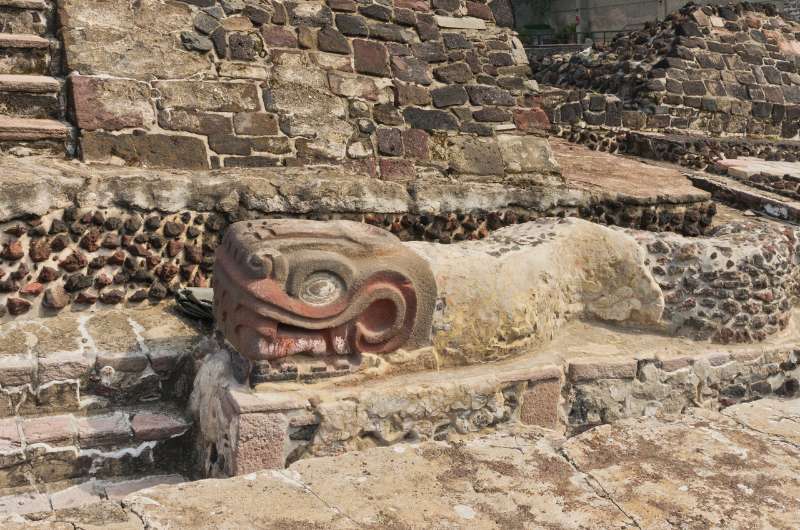
Statue in the Templo Mayor Museum
Mexico City’s zócalo hides an Aztec treasure—the ruins of Templo Mayor, the main temple of Tenochtitlan. It used to have the form of a pyramid, dedicated to Tlaloc (the god of rain) and Huitzilopochtli (the god of war). And as the most important religious site in Tenochtitlan, it was soaked with blood. Hundreds of skulls were found in front of the temple.
Today, the Templo Mayor Museum houses the findings. Eight halls display various pieces of Aztec culture: hair-rising stuff, such as knives and offerings, but also peaceful artifacts, such as musical instruments and agricultural technologies.
- Opening hours: 9 am–5 pm, closed on Mondays
- Price: MXN 90 (USD 5)
6. Texcoco
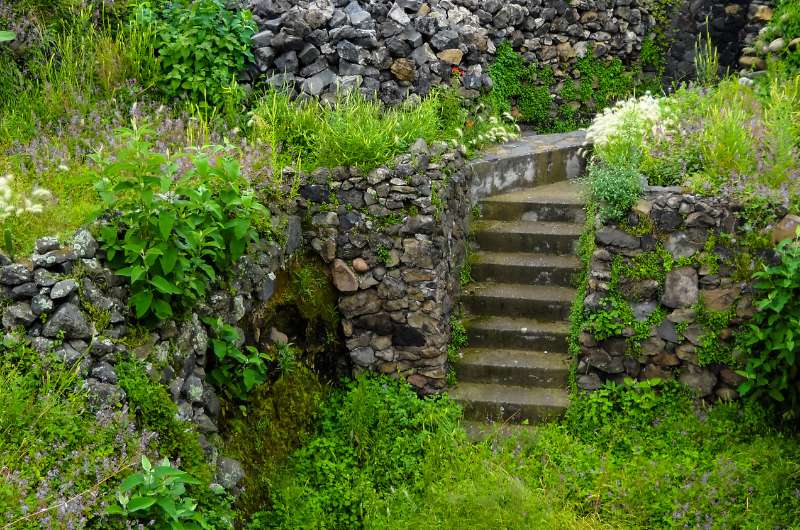
Texcoco—center of learning
Texcoco, one of the city-states forming the Aztec Empire, was the center of learning. And apparently also the center of baths. A lovely hike among Aztec ruins will allow you to glance at the Baths of Nezahualcoyoti (Texcotzingo), where the former inhabitants of the city used to bathe in pools carved from rock and surrounded by gardens and waterworks.
By the way, Nezahualcoyotl was the king of Texcoco. Therefore, you can stumble not only upon his bath but also upon the Palace of Nezahualcoyotl.
- Opening hours: 9 am–8 pm Monday to Friday
- Price: free
7. Calixtlahuaca

The city of Calixtlahuaca
The city of Calixtlahuaca with its unusual, round pyramid was built sometime around 640 BCE. First, it served as the religious center and the destination of pilgrimage, but later an agricultural town grew around it. It was built by an influential tribe, the Otomi, and conquered by an even more influential one: the Aztecs. They wanted corn, which was plentiful in the region.
The Aztecs ruled with a firm hand—they slaughtered and imposed taxes. No one knew which was worse. After an uprising against Montezuma (an Aztec ruler), the Aztecs decided to show who's boss and burnt the city to the ground. That’s why ruins are everything that’s left of Calixtlahuaca.
- Opening hours: 9 am–5:30 pm daily
- Price: MXN 70 (USD 4)
What about Mayan ruins in Mexico?
As ironic as it may sound, Mayan ruins in Mexico are much better preserved than the Aztec ones, even though they’re older. Check out 5 top Mayan cities in Mexico, or get details about one of the most famous ones: Chichén Itzá.
This post contains affiliate links. I earn a small commission if you make bookings through my links, at no additional cost to you. This helps us keep this blog free, thank you!




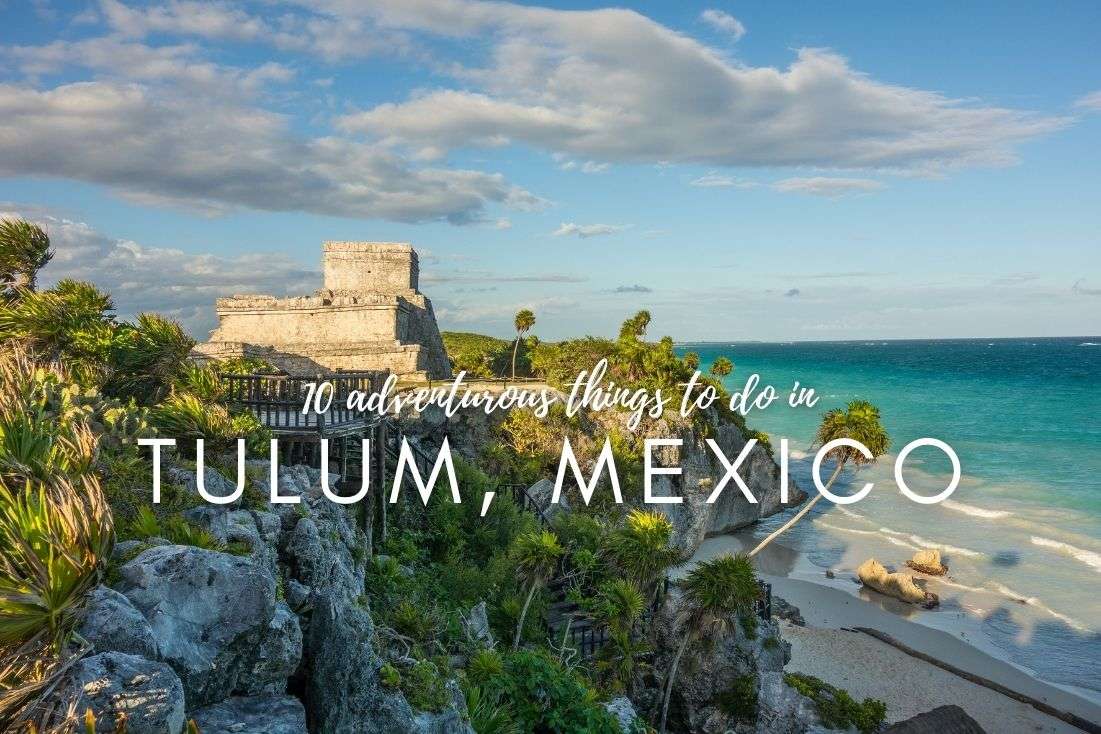

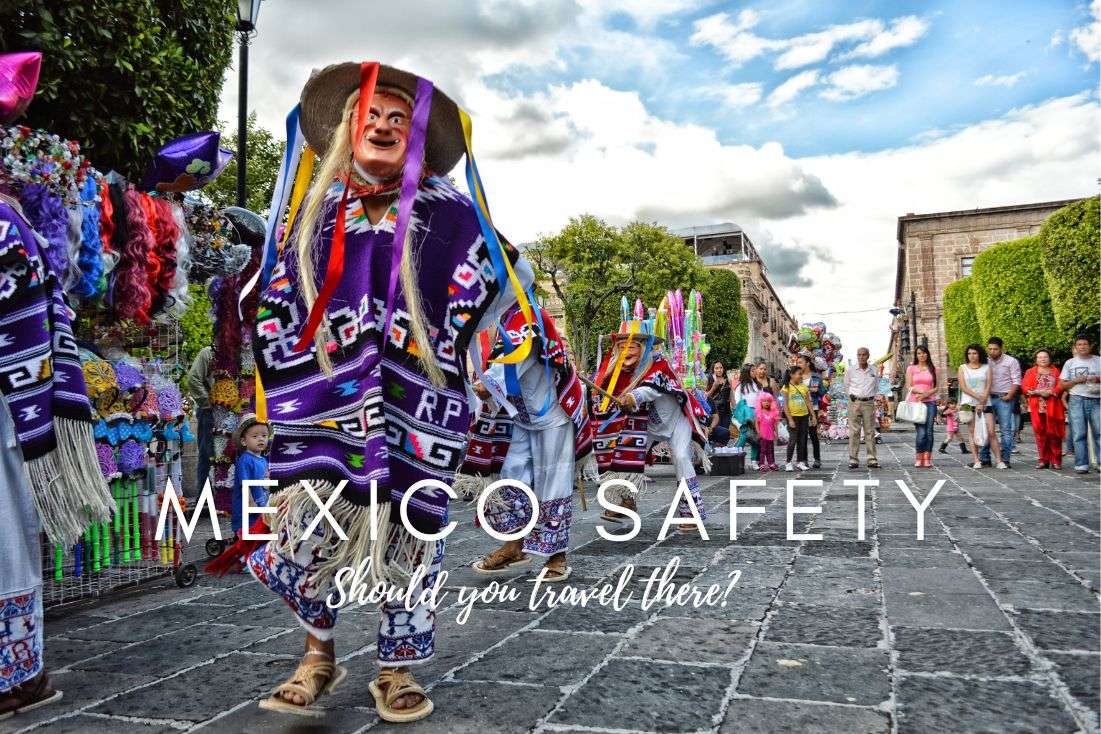





Comments | Thoughts? Give us a shout!